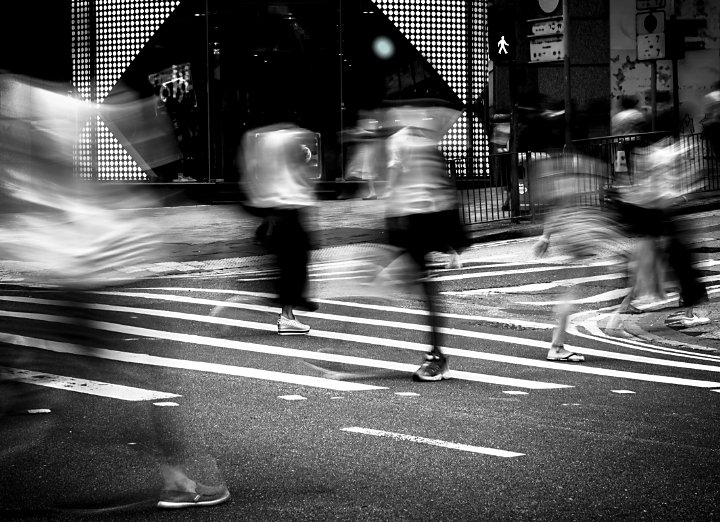The 9-Second Trick For Framing Streets
The 9-Second Trick For Framing Streets
Blog Article
The Ultimate Guide To Framing Streets
Table of ContentsFraming Streets Can Be Fun For EveryoneFraming Streets for DummiesThe Basic Principles Of Framing Streets The Best Strategy To Use For Framing StreetsFraming Streets Fundamentals ExplainedNot known Details About Framing Streets
Digital photography style "Crufts Pet dog Program 1968" by Tony Ray-Jones Road photography (additionally sometimes called honest digital photography) is photography carried out for art or questions that features unmediated possibility experiences and random events within public places, generally with the goal of capturing pictures at a decisive or touching moment by cautious framework and timing. 
6 Easy Facts About Framing Streets Explained
Susan Sontag, 1977 Street digital photography can concentrate on individuals and their behavior in public. In this regard, the street digital photographer resembles social docudrama photographers or photographers that additionally operate in public locations, yet with the purpose of catching relevant events. Any of these professional photographers' pictures might capture people and home noticeable within or from public places, which often requires browsing ethical problems and legislations of personal privacy, security, and residential property.
Representations of daily public life develop a category in practically every duration of world art, beginning in the pre-historic, Sumerian, Egyptian and very early Buddhist art durations. Art managing the life of the road, whether within views of cityscapes, or as the dominant concept, appears in the West in the canon of the Northern Renaissance, Baroque, Rococo, of Romanticism, Realistic look, Impressionism and Post-Impressionism.
Framing Streets Fundamentals Explained
Louis Daguerre: "Boulevard du Holy place" (1838 or 1839) In 1838 or 1839 the first photo of figures in the road was videotaped by Louis-Jacques-Mand Daguerre in one of a set of daguerreotype views taken from his workshop home window of the Blvd du Temple in Paris. The 2nd, made at the height of the day, reveals an unpopulated stretch of road, while the other was taken at regarding 8:00 am, and as Beaumont Newhall reports, "The Blvd, so regularly loaded with a moving bunch of pedestrians and carriages was perfectly singular, other than an individual who was having his boots combed.
, that was motivated to embark on a similar documentation of New York City. As the city created, Atget assisted to promote Parisian roads as a worthwhile subject for photography.

Framing Streets Things To Know Before You Get This
Martin is the first tape-recorded digital photographer to do so in London with a disguised video camera. Mass-Observation was a social study organisation established in 1937 which intended to tape day-to-day life in Britain and to tape the reactions of the 'man-in-the-street' to King Edward VIII's abdication in 1936 to marry separation Wallis Simpson, and the succession of George VI. The principal Mass-Observationists were anthropologist Tom Harrisson in Bolton and poet Charles Madge in London, and their initial report was created as the book "May the Twelfth: Mass-Observation webpage Day-Surveys 1937 by over 2 hundred viewers" [] Home window cleaner at Kottbusser Tor, Berlin, by Elsa Thiemann c. 1946 The post-war French Humanist College professional photographers found their subjects on the road or in the diner. Andre Kertesz.'s widely admired Images la Sauvette (1952) (the English-language edition was entitled The Definitive Minute) advertised the concept of taking a picture at what he called the "crucial moment"; "when kind and content, vision and make-up combined into a transcendent whole" - Lightroom presets.
The Best Guide To Framing Streets
The recording maker was 'a surprise video camera', a 35 mm Contax concealed under his coat, that was 'strapped to the breast and attached to a lengthy cable strung down the ideal sleeve'. Nevertheless, his work had little modern effect as due to Evans' level of sensitivities concerning the originality of his job and the privacy of his topics, it was not released until 1966, in the book Several Are Called, with an introduction created by James Agee in 1940.
Helen Levitt, then an educator of children, related to Evans in 193839. She recorded the temporal chalk illustrations - 50mm street photography that belonged to youngsters's road culture in New york city at the time, in addition to the kids that made them. In July 1939, Mo, MA's brand-new photography section included Levitt's operate in its inaugural exhibitionRobert Frank's 1958 book,, was considerable; raw and commonly indistinct, Frank's pictures questioned traditional digital photography of the moment, "tested all the formal regulations set by Henri Cartier-Bresson and Walker Evans" and "flew in the face of the wholesome pictorialism and sincere photojournalism of American magazines like LIFE and Time".
Report this page